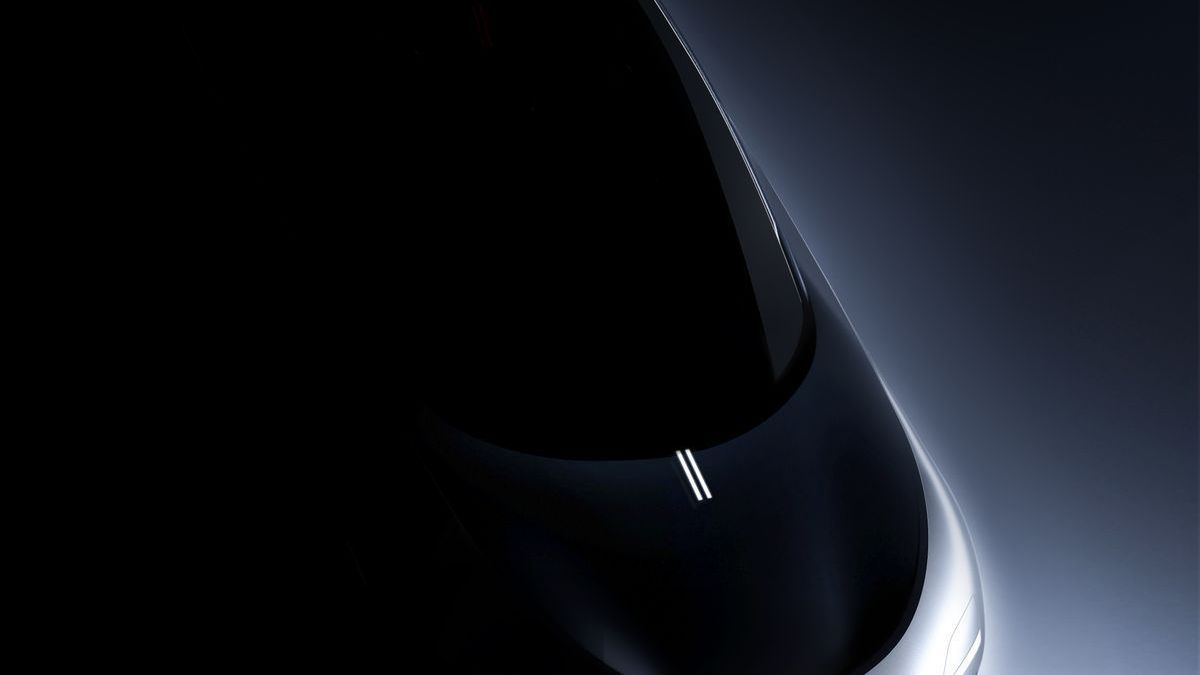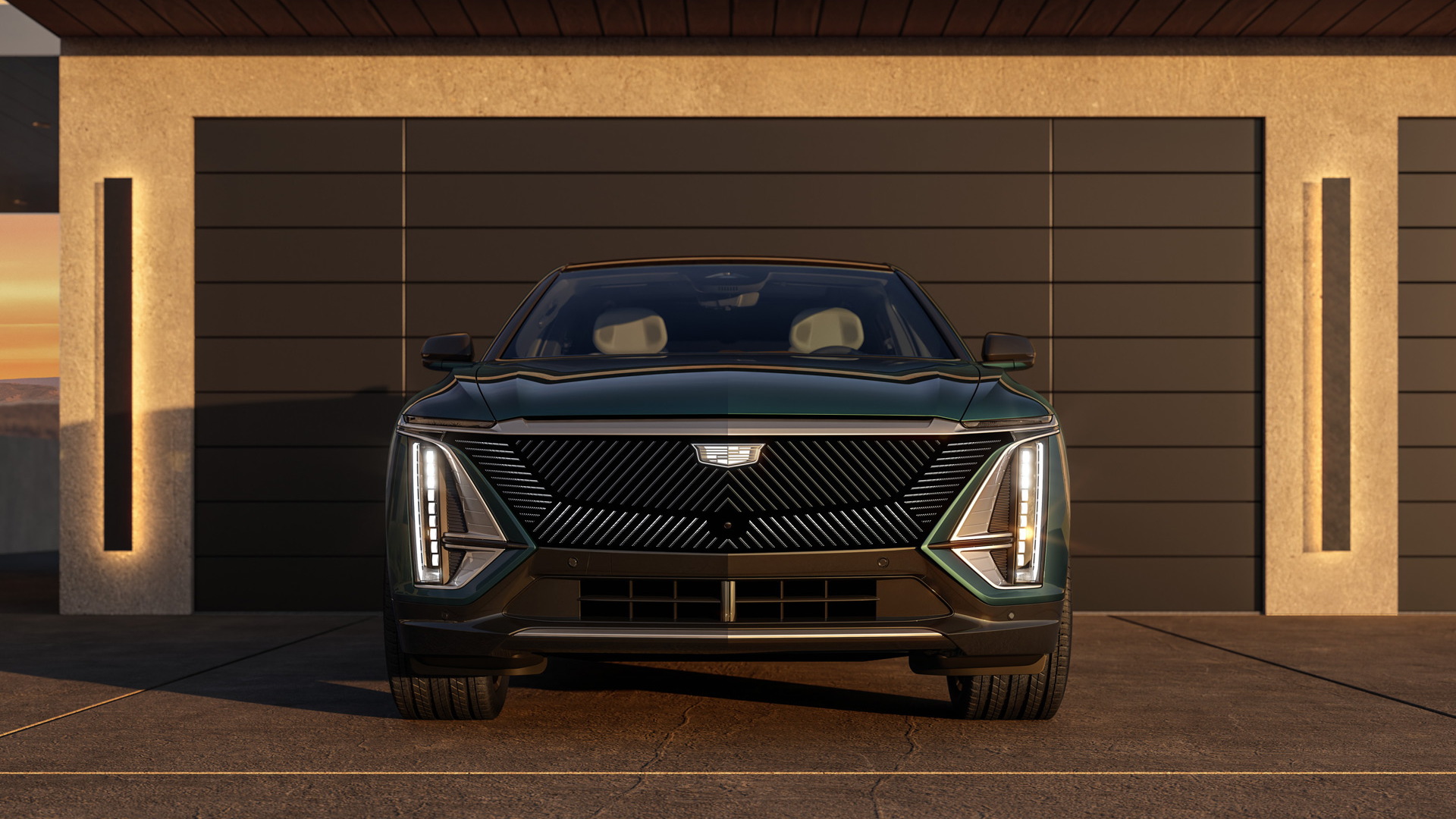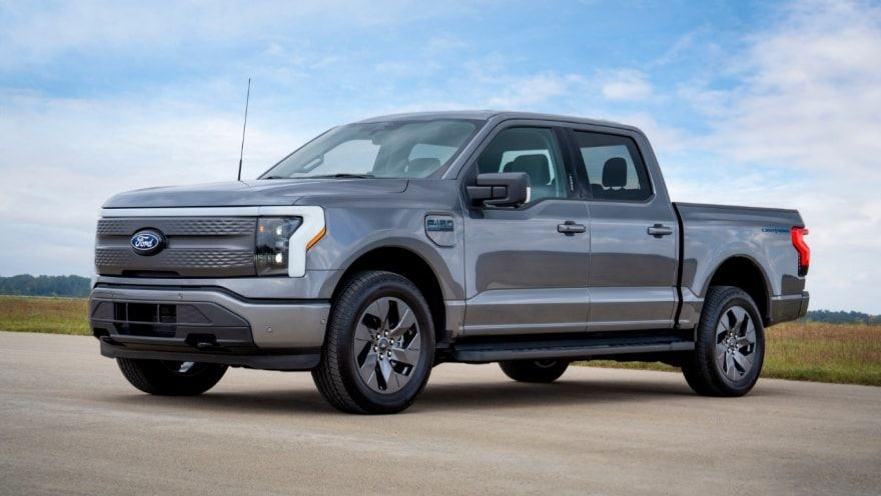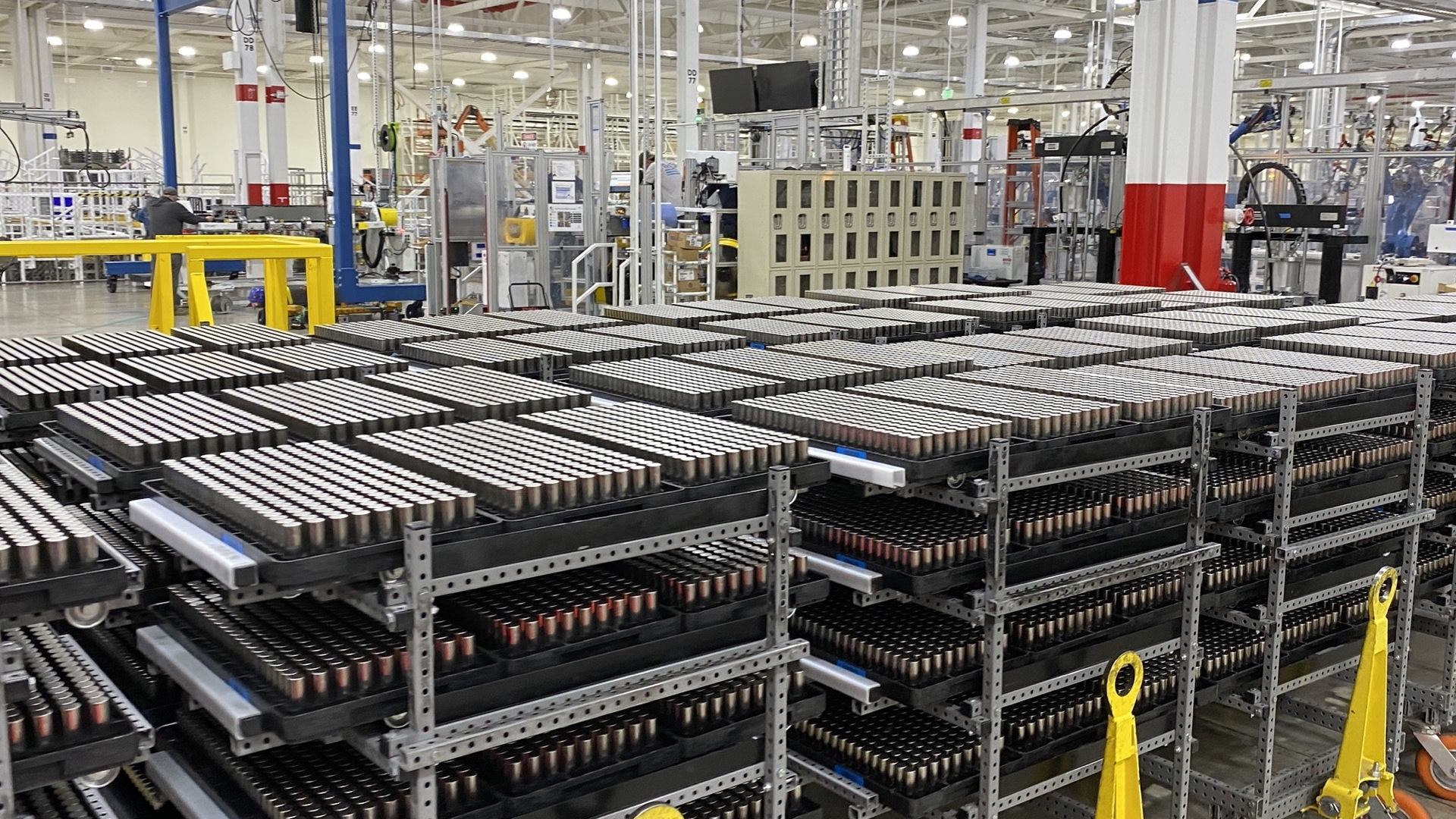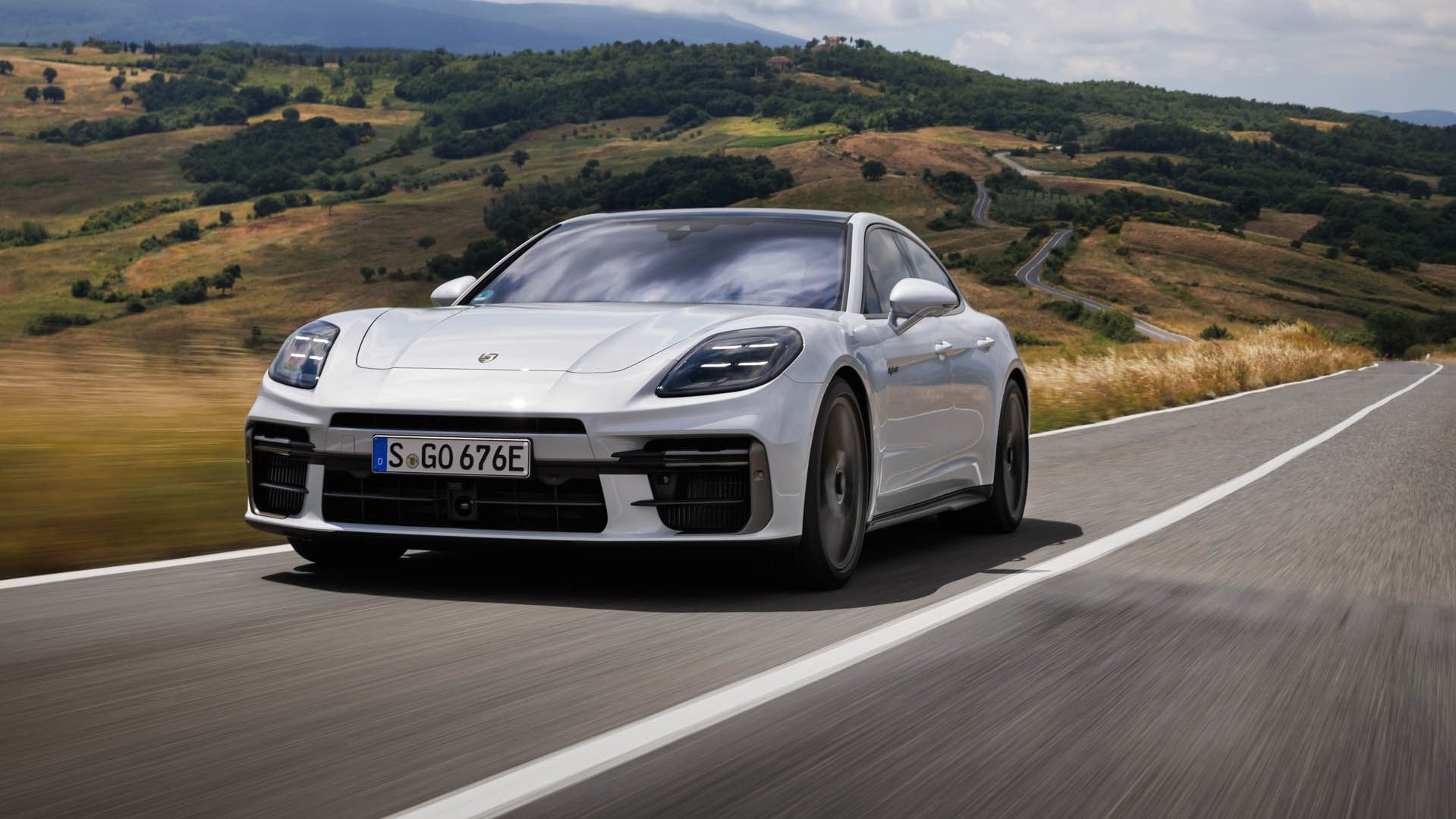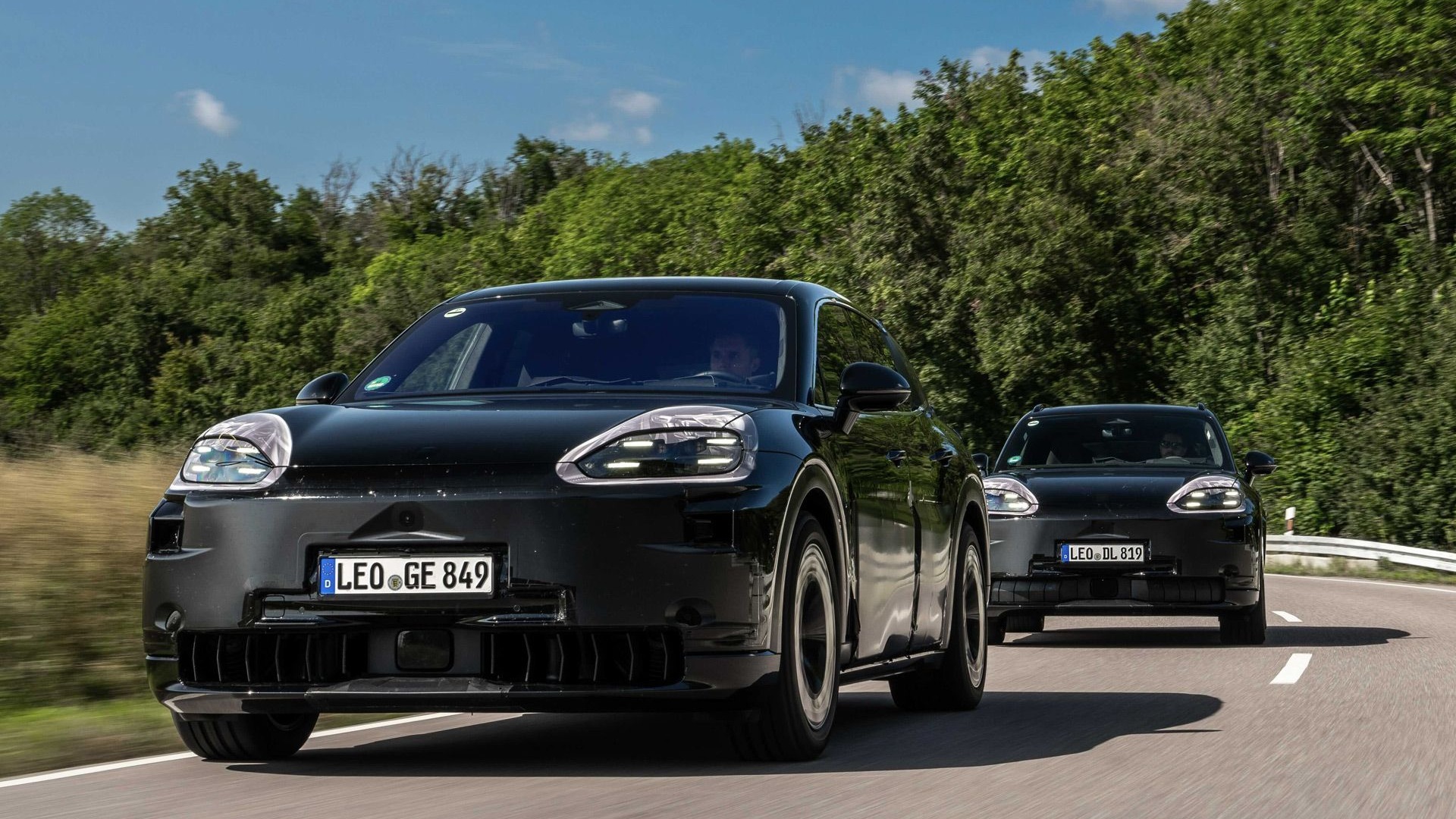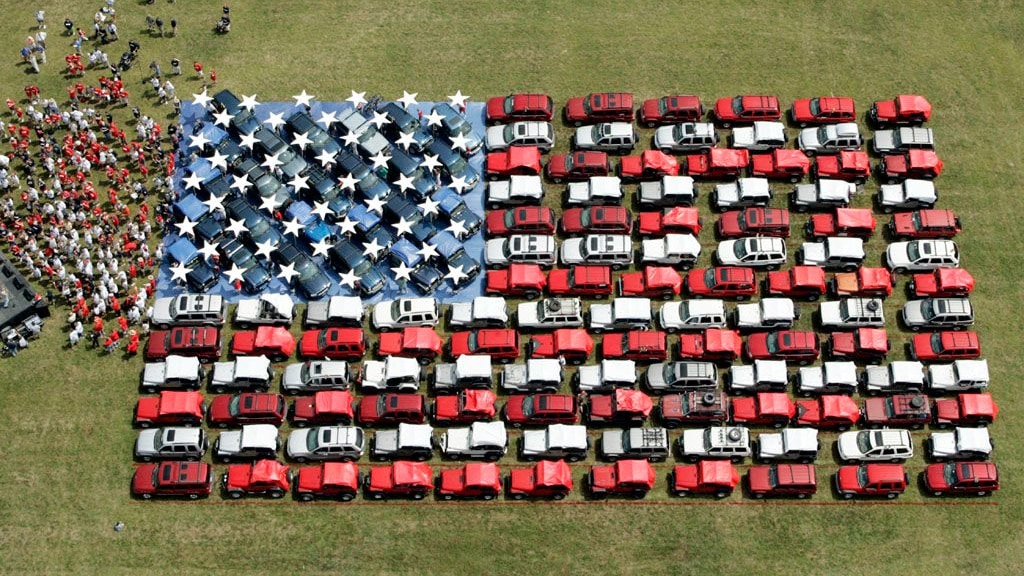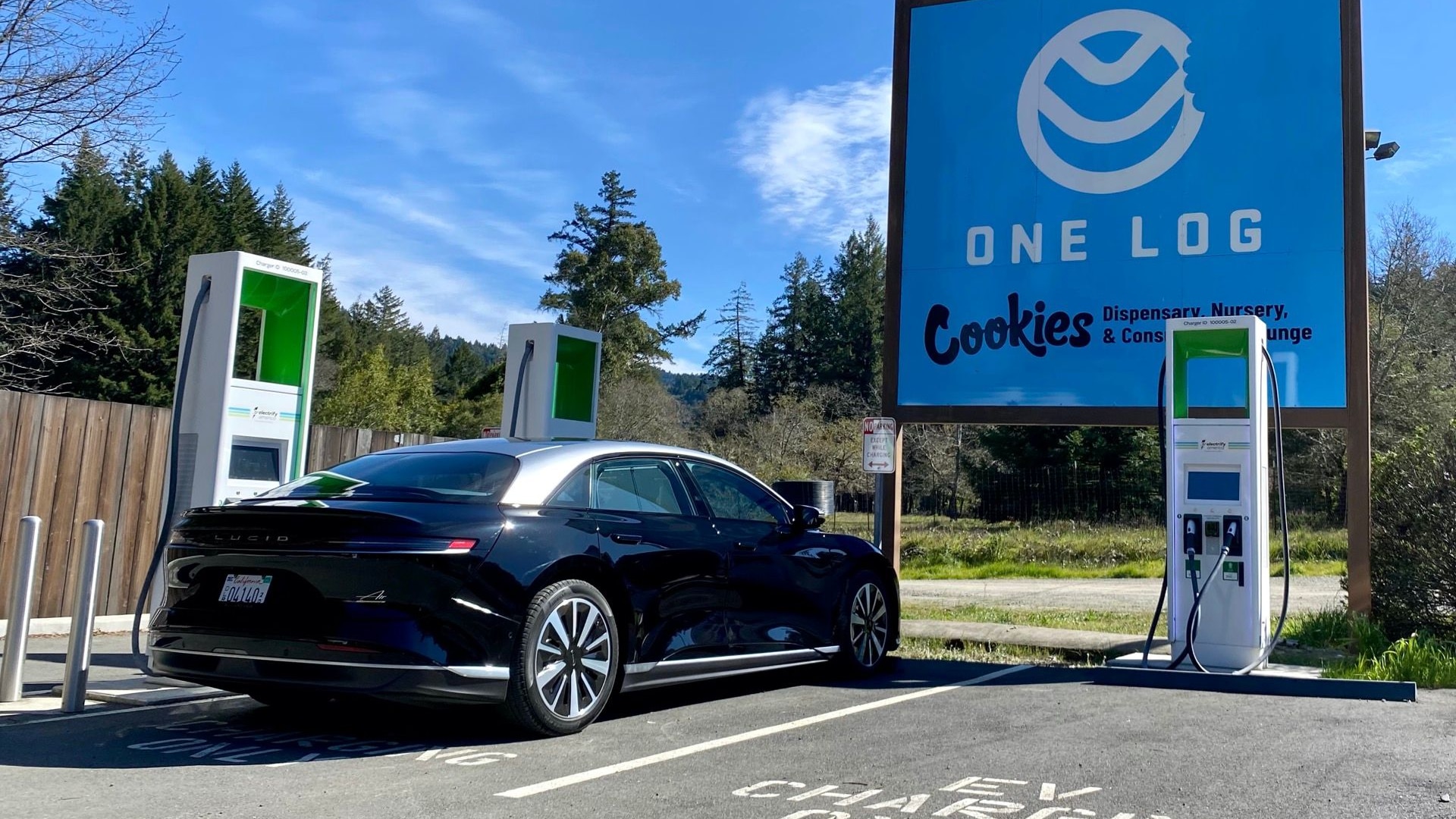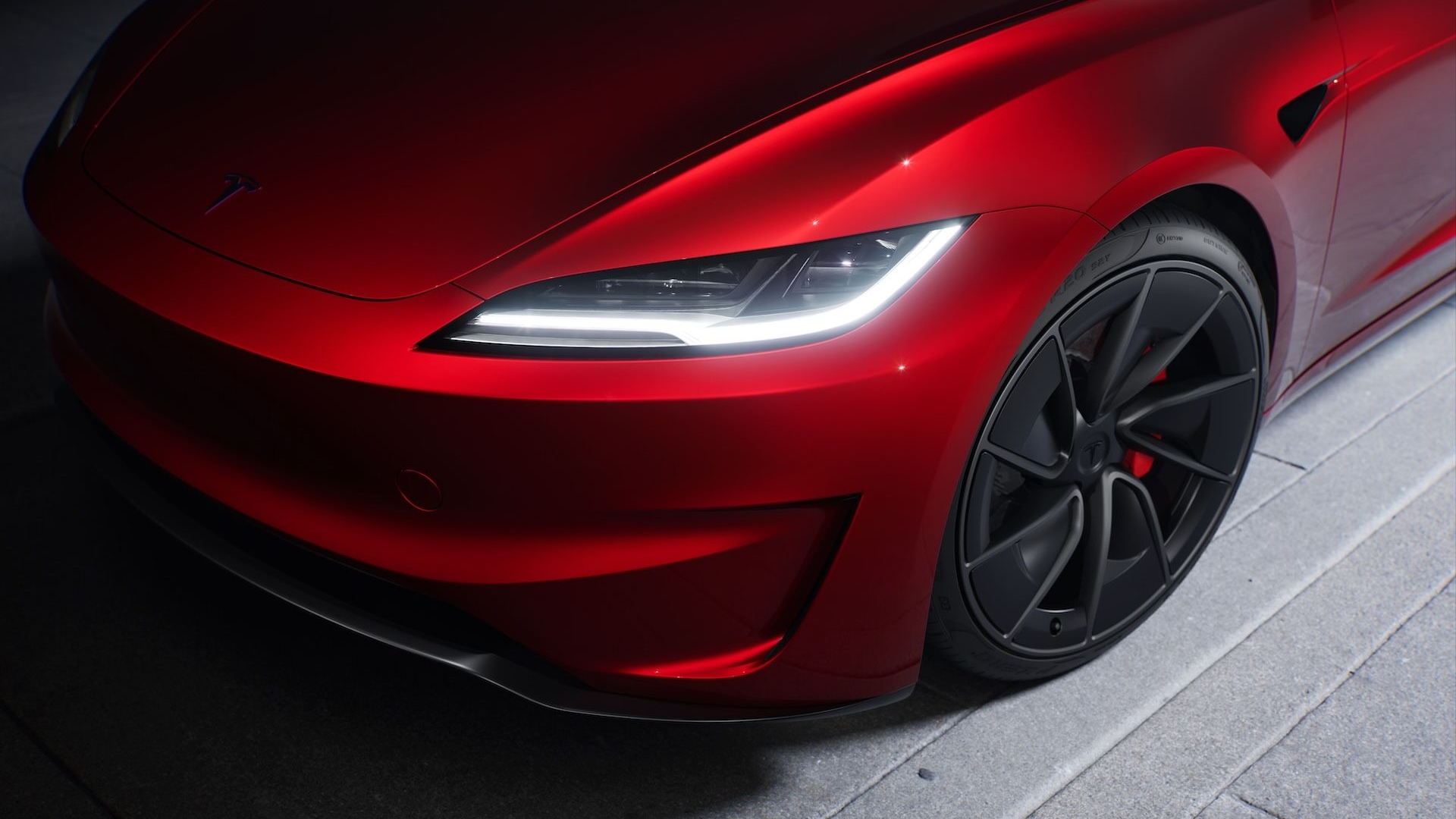Tesla is deploying software modifications for its "Summon" autonomous-driving feature in response to criticism from Consumer Reports.
After testing the system on its own Model S P85D, the magazine concluded the unmodified version of Summon constituted a minor, but "unnecessary" safety risk.
Summon allows a car to enter a garage or parking space and park, or pull out of a space and drive to its owner.
DON'T MISS: Creeping Toward KITT? Now Tesla Can Be Summoned And Park Itself (Video)
In the version of the system launched as part of Tesla's Version 7.1 software update, a human could activate Summon using either the key fob or a smartphone app.
But this setup could pose a safety risk in certain situations, Consumer Reports found after testing it at a staffer's house and on its test track.
Specifically, testers felt that an operator may not be able to stop the car quickly enough to avoid hitting an obstacle.
![2016 Tesla Model S 90D during Southern California test drive [photo: David Noland] 2016 Tesla Model S 90D during Southern California test drive [photo: David Noland]](https://images.hgmsites.net/lrg/2016-tesla-model-s-90d-during-southern-california-test-drive-photo-david-noland_100545570_l.jpg)
2016 Tesla Model S 90D during Southern California test drive [photo: David Noland]
The system itself is supposed to stop a car if it encounters an obstacle that requires a significant increase in torque to overcome, such as a curb.
But Consumer Reports found that this safety feature isn't ironclad.
ALSO SEE: Tesla Says Autopilot Self-Driving Will 'Revolutionize Your Commute'
In tests, the Model S failed to stop before hitting objects like a duffel bag and bicycle--the kind of flotsam Consumer Reports notes might be found in an owner's driveway or garage.
The car also damaged one of its wheels against a curb in a staffer's garage.
A warning that appears when Summon is activated says the system may not detect objects that are very narrow, or are placed very low or very high.
2016 Tesla Model S 90D during Southern California test drive [photo: David Noland]![2016 Tesla Model S 90D during Southern California test drive [photo: David Noland] 2016 Tesla Model S 90D during Southern California test drive [photo: David Noland]](https://images.hgmsites.net/lrg/2016-tesla-model-s-90d-during-southern-california-test-drive-photo-david-noland_100545571_l.jpg)
The magazine said Tesla should implement a "dead man's switch" that automatically stops a car when the operator takes his or hand off a key fob or smartphone, and contacted Tesla with its concerns.
MORE: Tesla Autopilot: The 10 Most Important Things You Need To Know (Oct 2015)
In response, the carmaker said its engineers had created a software fix that officials believe will address those concerns.
The updated software will only allow users to initiate Summon using the app--and they'll have to keep a finger pressed to the screen at all times.

2016 Tesla Model S
"Consumer Reports surfaced valid concerns that we've already built fixes for, continuing to make Summon and our vehicles better," a Tesla statement said.
Like the "Autopilot" feature for highway driving, Tesla continues Summon to still be in the beta-testing stage.
It has previously stated that it will continue to improve both systems, which it views as stepping stones to fully-autonomous cars.
_______________________________________________


